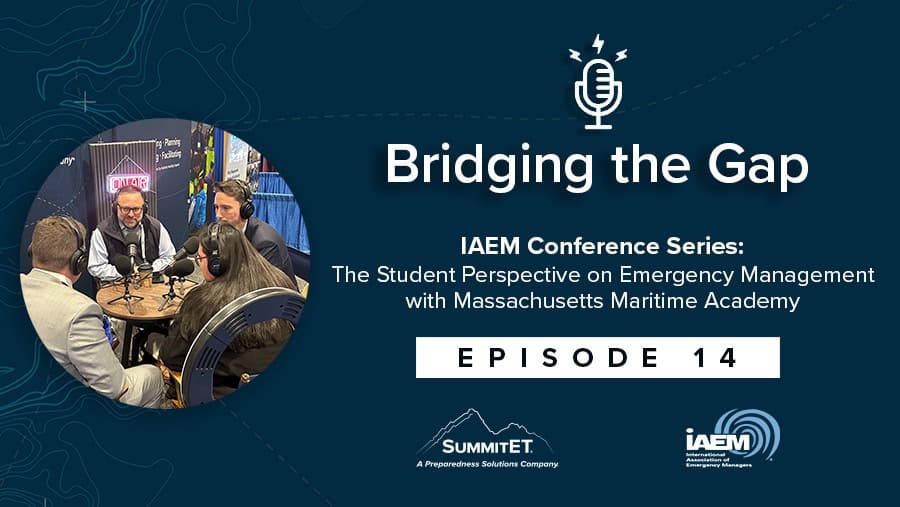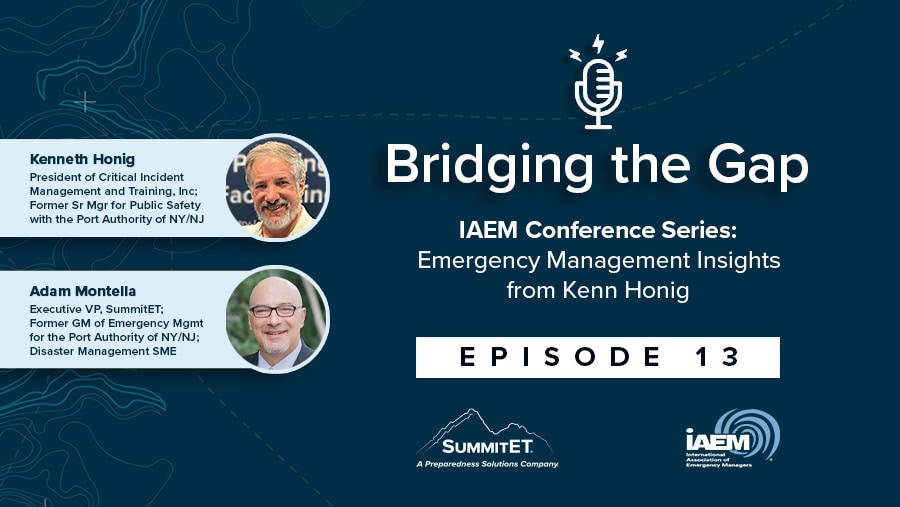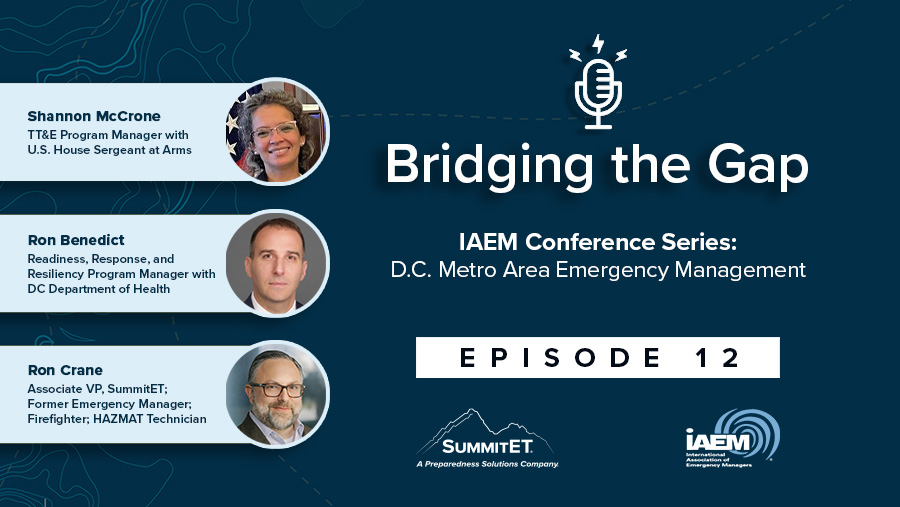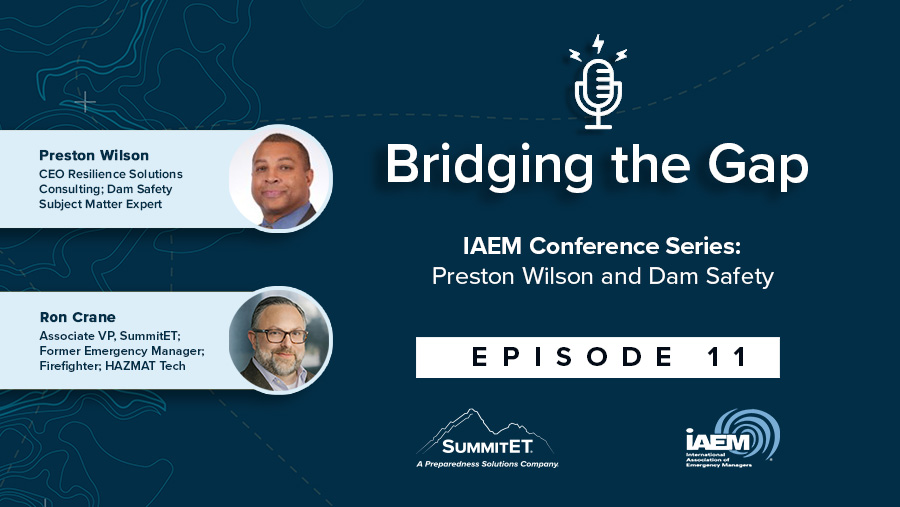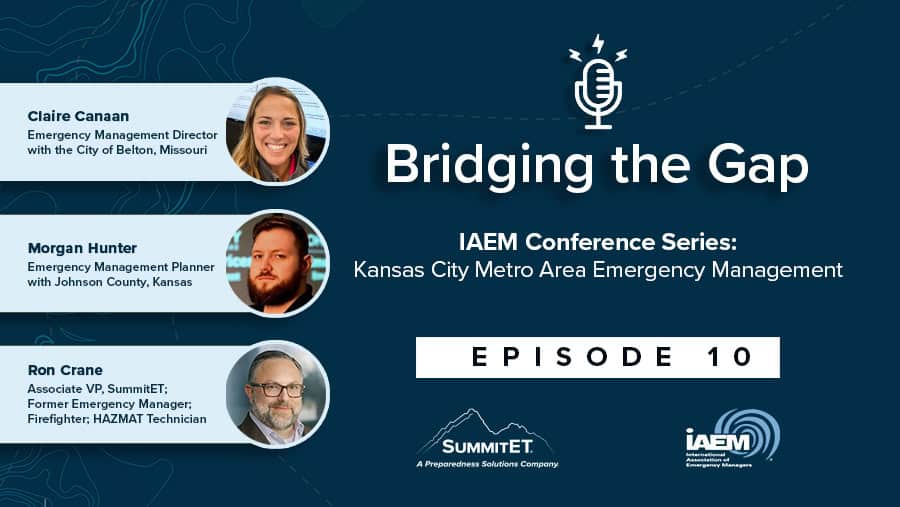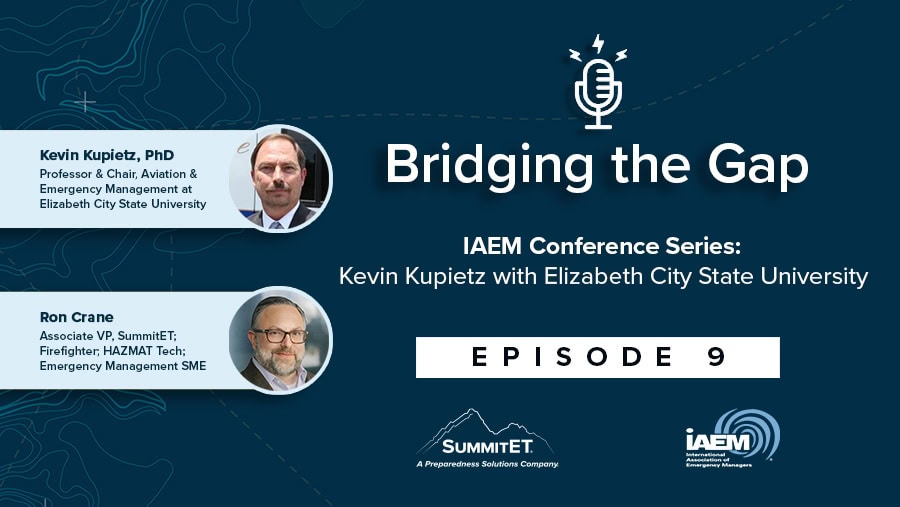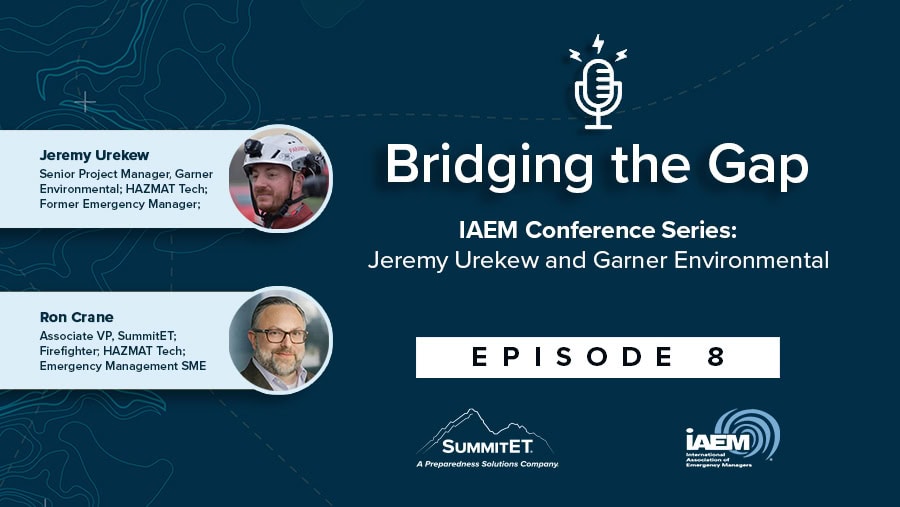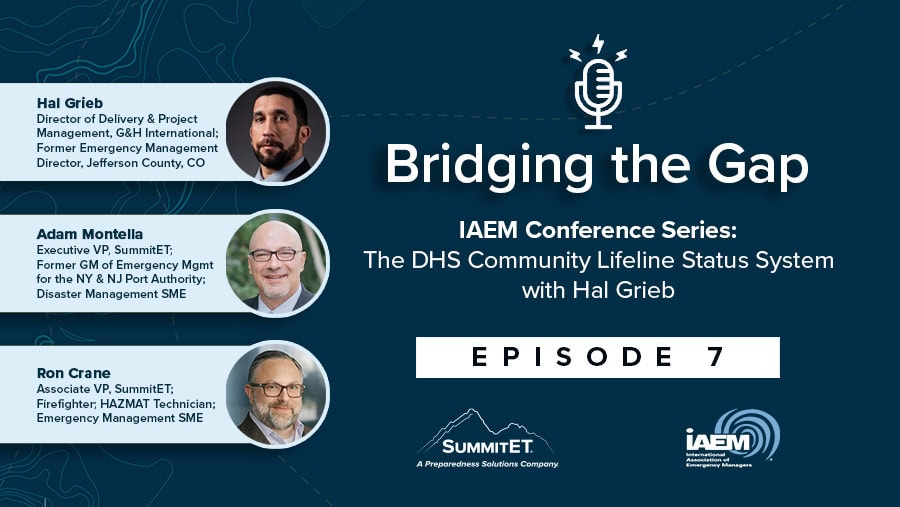Challenges and Successes in Emergency Management
Claire and Morgan consider their experiences and challenges as newer emergency managers. COVID-19, for example, had a serious impact on each of their careers, changing the way they previously operated and shifted their understanding of the importance of communication and relationship-building in emergency management.
Our guests agree the emergency manager’s role is continuously evolving, pushing practitioners into new areas on a consistent basis. This evolution creates the need for more personnel and dedicated positions to remain successful and effectively serve their communities. Additionally, restructuring and redefining responsibilities within their departments has become important to allow space for upcoming emergency managers to experience continued education and growth.
Morgan and Claire also stressed the importance of community outreach and collaboration with various stakeholders, including other city or county departments, nonprofit organizations, etc. Specifically, they emphasize creating dedicated or known channels to directly communicate with stakeholders on an ongoing basis. They feel this approach would allow them to maintain lines of communication that are on-the-ready when an emergency event occurs.
